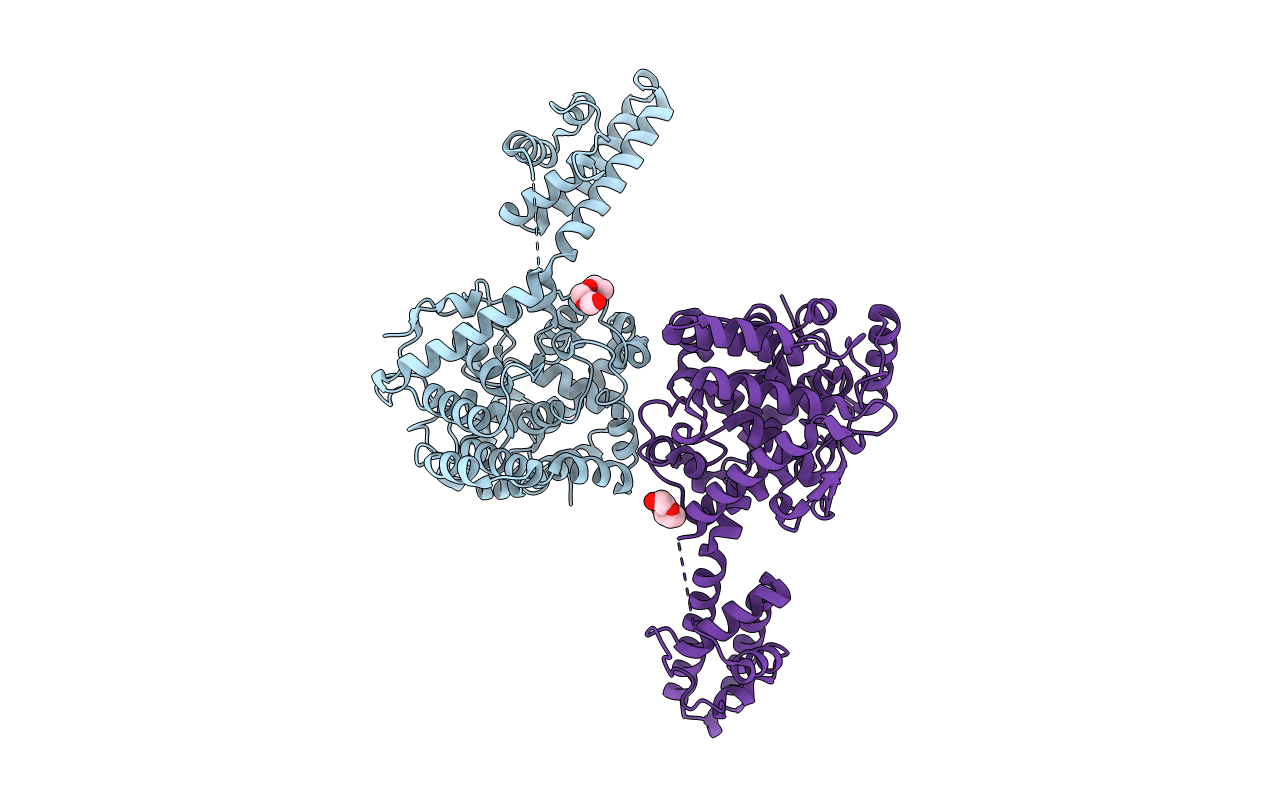
Deposition Date
2012-02-24
Release Date
2012-08-22
Last Version Date
2024-05-08
Entry Detail
PDB ID:
4AKL
Keywords:
Title:
Structure of the Crimean-Congo Haemorrhagic Fever Virus Nucleocapsid Protein
Biological Source:
Source Organism:
CRIMEAN-CONGO HEMORRHAGIC FEVER VIRUS (Taxon ID: 11593)
Host Organism:
Method Details:
Experimental Method:
Resolution:
2.10 Å
R-Value Free:
0.23
R-Value Work:
0.18
R-Value Observed:
0.18
Space Group:
C 1 2 1


